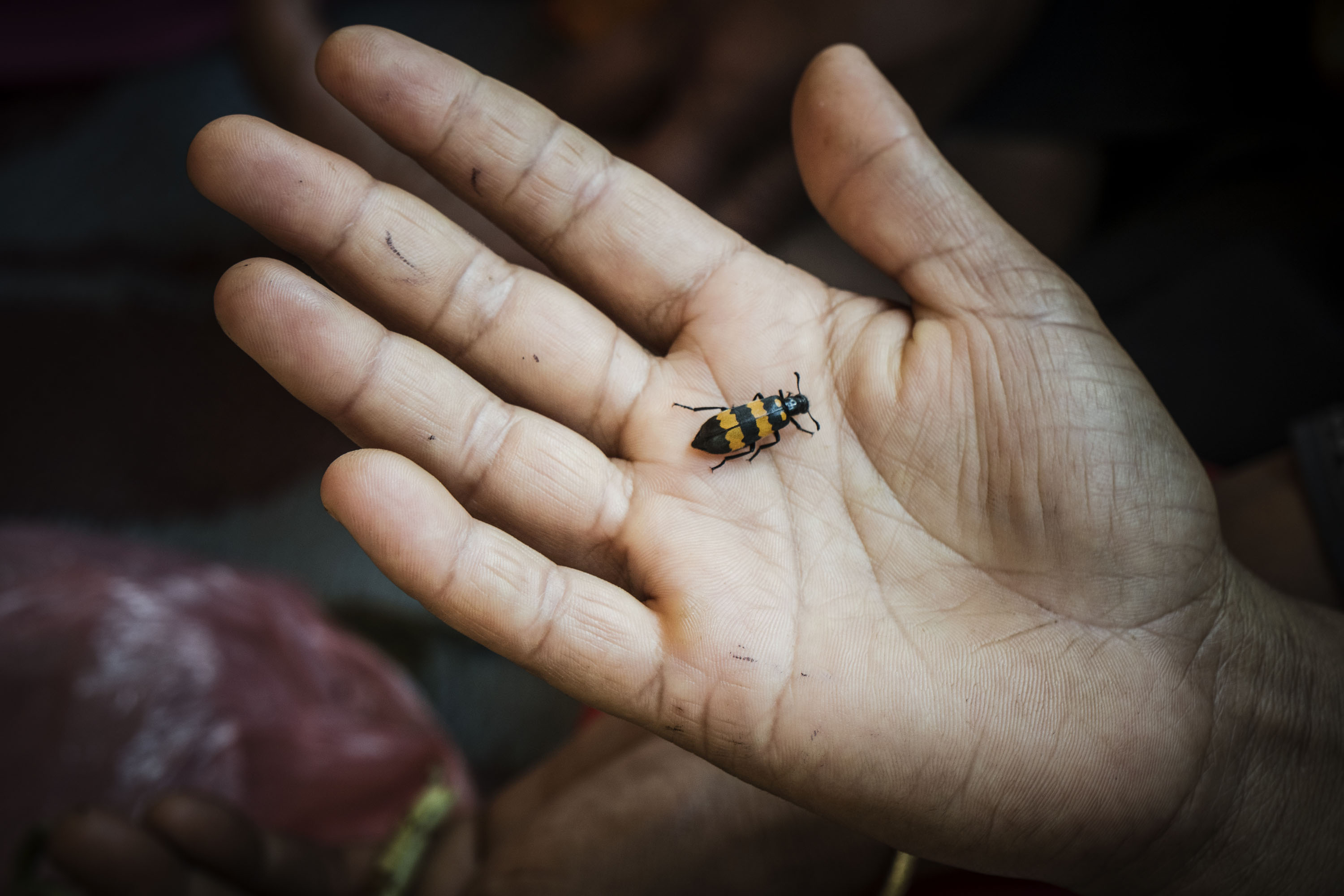Preface
Climate changeis having an impact on ecosystems and agricultural production systems throughout the world. It influences international trade flows of plants and plant products and it will change the infectivity, severity and distribution of plant pests throughout the world. Preventive, mitigation and adaptation measures by national plant protection organizations (RPPOs) and regional plant protection organizations (RPPOs) are essential to limit the international spread of pests adapting to climate change.
Climate-change impacts on ecosystems, pests and vectors also threaten the international trading system, as international trade provides a pathway for pests and vectors to spread into new areas of the world. To facilitate safe international trade in plants and plant products, it is therefore imperative to strengthen national, regional and international phytosanitary capacities regarding climate change (IPPC Secretariat, 2021a).
Assessment and management of climate-change impacts on plant health present a major challenge to national, regional and international plant protection organizations. Improved forecasting and modelling tools, harmonized surveillance and monitoring systems, accessible pest information and knowledge systems, and epidemiology and pathogenicity research can impact plant health.
The aim of this document is to provide technical and operational advice to NPPOs and RPPOs on how to effectively assess and manage the pest risk that is a consequence of climate change.
Figure 1: Increase in global surface temperature change relative to the period 1850–1990.
